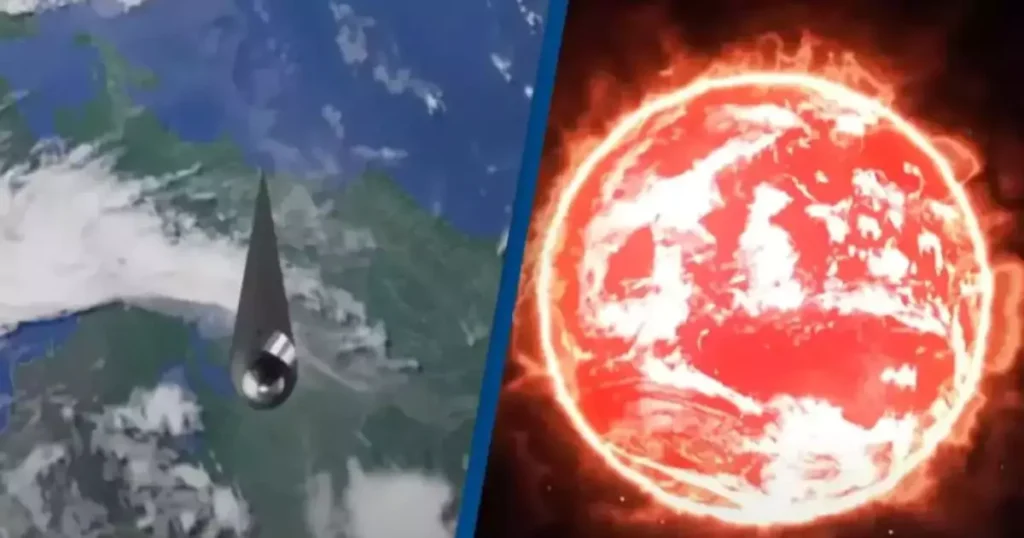
We are on the brink of one of the most anticipated celestial events of the year. On Saturday, October 14, 2023, millions of people throughout the Americas will have the remarkable opportunity to witness a “ring of fire” eclipse. Unlike the familiar total solar eclipse, this extraordinary phenomenon occurs when the Moon is at its greatest distance from Earth, resulting in a captivating display where the Sun is not entirely obscured, casting a radiant halo around it.
The Eclipse Path
For those residing in the United States, the prime viewing locations for this annular eclipse are in the southwestern states. The path of totality crosses parts of Oregon, Nevada, Utah, New Mexico, and Texas. If you happen to live in or near these states, you’ll be treated to a partial eclipse, which promises to be a breathtaking sight.
Beyond U.S. borders, the path of annularity extends across the Yucatán peninsula in Mexico, Central America, Colombia, and northern Brazil. To determine precisely what portion of the eclipse you’ll be able to witness, weather permitting, you can utilize a Google Maps-based eclipse route created by the expert French astronomer Xavier Jubier.

Safety Precautions
It’s important to note that since this is an annular eclipse, the Sun is never entirely covered, making it unsafe to gaze directly at any stage of the eclipse. Therefore, taking safety precautions is paramount. Certified solar glasses are the best choice for safely observing the eclipse. You can refer to a list of trusted solar filter sellers compiled by the American Astronomical Society for your convenience.
In case you find yourself without proper eclipse eyewear, there are alternative methods for indirectly observing this celestial event. One such method is the pinhole technique, where you can create a small hole in a card. As sunlight passes through the hole, you can project the solar image onto a nearby surface, such as a wall. Alternatively, you can use your own hands. Stand with your back to the Sun, extend your arms, and slightly open your fingers. Place one hand on top of the other to create a waffle pattern, and the spaces between your fingers will project a grid of small solar images on the ground, revealing the extent of the Sun’s coverage by the Moon.
For those who are unable to witness the eclipse in person due to geographical constraints or prefer the comfort of their homes, NASA will be offering a live broadcast of the event. You can follow it on NASA TV, their official website, and their social media channels from 11:30 a.m. to 1:15 p.m. EST on Saturday, October 14. If, by chance, you miss this particular eclipse, take heart; you’ll have another opportunity in the spring of 2024 when a total eclipse will grace a significant portion of North America on Monday, April 8, 2024.

























































































































